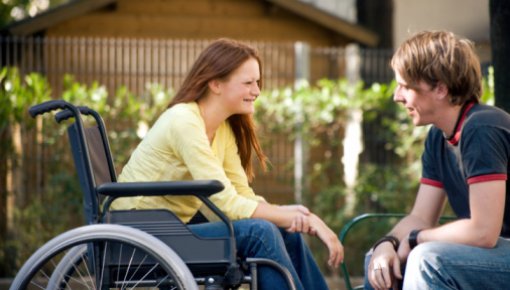Deutschsprachige Medizinische Gesellschaft für Paraplegie (DMGP). Querschnittspezifische Dekubitusbehandlung und -prävention (S1-Leitlinie). AWMF-Registernr.: 179-008. 2017.
European Pressure Ulcer Advisory Panel (EPUAP). Prevention and Treatment of Pressure Ulcers/Injuries: Quick Reference Guide (QRG). 2019.
Fulbrook P, Mbuzi V, Miles S. Effectiveness of prophylactic sacral protective dressings to prevent pressure injury: A systematic review and meta-analysis. Int J Nurs Stud 2019; 100: 103400.
Gillespie BM, Walker RM, Latimer SL et al. Repositioning for pressure injury prevention in adults. Cochrane Database Syst Rev 2020; (6): CD009958.
Langer G, Fink A. Nutritional interventions for preventing and treating pressure ulcers. Cochrane Database Syst Rev 2014; (6): CD003216.
Mäki-Turja-Rostedt S, Stolt M, Leino-Kilpi H et al. Preventive interventions for pressure ulcers in long-term older people care facilities: A systematic review. J Clin Nurs 2019; 28(13-14): 2420-2442.
Moore ZE, Webster J. Dressings and topical agents for preventing pressure ulcers. Cochrane Database Syst Rev 2018; (12): CD009362.
O'Connor T, Moore ZE, Patton D. Patient and lay carer education for preventing pressure ulceration in at-risk populations. Cochrane Database Syst Rev 2021; (2): CD012006.
Shi C, Dumville JC, Cullum N. Support surfaces for pressure ulcer prevention: A network meta-analysis. PLoS One 2018; 13(2): e0192707.
Shi C, Dumville JC, Cullum N et al. Alternating pressure (active) air surfaces for preventing pressure ulcers. Cochrane Database Syst Rev 2021; (5): CD013620.
Shi C, Dumville JC, Cullum N et al. Beds, overlays and mattresses for treating pressure ulcers. Cochrane Database Syst Rev 2021; (5): CD013624.
Shi C, Dumville JC, Cullum N et al. Reactive air surfaces for preventing pressure ulcers. Cochrane Database Syst Rev 2021; (5): CD013622.
Shi C, Dumville JC, Cullum N et al. Alternative reactive support surfaces (non-foam and non-air-filled) for preventing pressure ulcers. Cochrane Database Syst Rev 2021; (5): CD013623.
Shi C, Dumville JC, Cullum N et al. Foam surfaces for preventing pressure ulcers. Cochrane Database Syst Rev 2021; (5): CD013621.
Yap J, Holloway S. Evidence-based review of the effects of nutritional supplementation for pressure ulcer prevention. Int Wound J 2021; 18(6): 805-821.
IQWiG health information is written with the aim of helping people understand the advantages and disadvantages of the main treatment options and health care services.
Because IQWiG is a German institute, some of the information provided here is specific to the German health care system. The suitability of any of the described options in an individual case can be determined by talking to a doctor. informedhealth.org can provide support for talks with doctors and other medical professionals, but cannot replace them. We do not offer individual consultations.
Our information is based on the results of good-quality studies. It is written by a team of health care professionals, scientists and editors, and reviewed by external experts. You can find a detailed description of how our health information is produced and updated in our methods.

